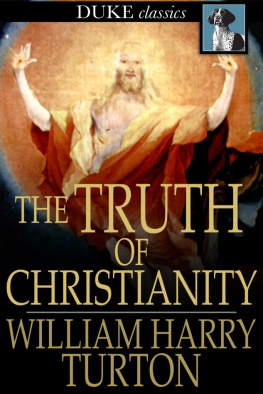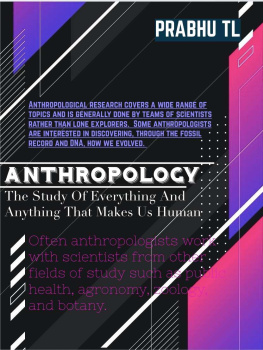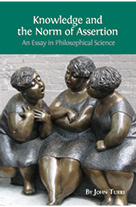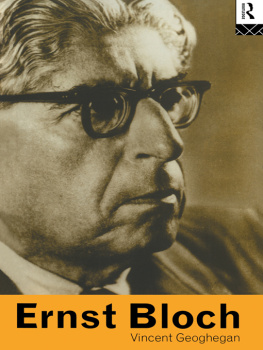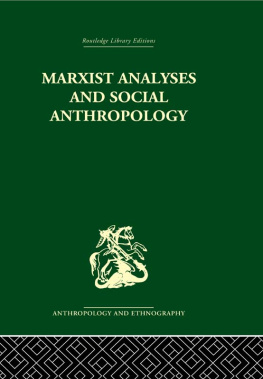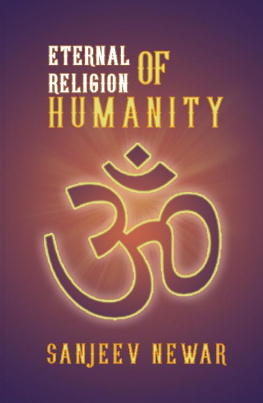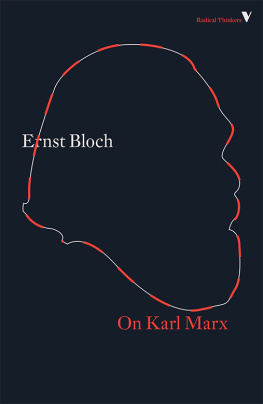First published 2013 by Paradigm Publishers
Published 2016 by Routledge
2 Park Square, Milton Park, Abingdon, Oxon OX14 4RN
711 Third Avenue, New York, NY 10017, USA
Routledge is an imprint of the Taylor & Francis Group, an informa business
Copyright 2013, Taylor & Francis.
All rights reserved. No part of this book may be reprinted or reproduced or utilised in any form or by any electronic, mechanical, or other means, now known or hereafter invented, including photocopying and recording, or in any information storage or retrieval system, without permission in writing from the publishers.
Notice:
Product or corporate names may be trademarks or registered trademarks, and are used only for identification and explanation without intent to infringe.
Library of Congress Cataloging-in-Publication Data
Bloch, Maurice.
In and out of each others bodies : theory of mind, evolution, truth, and the nature of the
social / Maurice Bloch.
p. cm.
ISBN 978-1-61205-102-4 (pbk. : alk. paper)
1. Social interaction. 2. Philosophy of mind. 3. Anthropology.
4. EthnologyReligious aspects. I. Title.
HM1111.B56 2012
302dc23 2012011086
Designed and Typeset by Straight Creek Bookmakers.
ISBN 13 : 978-1-61205-101-7 (hbk)
ISBN 13 : 978-1-61205-102-4 (pbk)
This book contains a number of articles written in the last few years that have already been published, although often in places with which many anthropologists may not be familiar. Two of the articles appear for the first time in English (they were originally published in French).
The book is divided into three parts.
The first part concerns the nature of the social. It draws an important distinction between two types of social. On the one hand, there is the social understood as the fow of interaction between people; I call this the transactional (). On the other hand, the transactional social is contrasted with conscious, explicit representations of the social; these I call the transcendental social. I argue that the transcendental social consists of second-order phenomena created and maintained by rituals.
The transactional social is governed by norms and ways of doing things that are largely subconscious. It involves the continual mutual monitoring of each other by the members of a social group. In recent psychology, this monitoring of others is called theory of mind, and it depends on what I term the interpenetration of individual humans (). The human transactional social differs only in degree from the social that we find in our close primate relatives such as chimpanzees; indeed, it is present in all social species in differing forms. It can be assumed that the transactional social was also a major feature of all pre-sapiens ancestors of modern humans and that it has been a driving evolutionary force behind the elaboration of theory of mind and of the human brain.
By contrast, the transcendental social is unique to Homo sapiens, andprompted by our increasing knowledge of the major transformation known as the Upper Palaeolithic revolutionI venture to guess that it is a relatively late feature of human society.
The relationship between the transactional social and the transcendental social is a central concern of this volume. The transactional is fluid. It changes from instant to instant as social relations adapt to ever-transforming situations. However, human society is in part regulated by imaginary long-lasting entities. These include social roles such as queens, professors, or uncles that are apparently free of the moment. A defiance of time is also found in transcendental groups such as nations, clans, or castes, the imagination of which can last for very long periods of time, ignoring the fact of their ever-changing personnel and the mutability of their members lives.
In on teknonymy, I show how names that are attached to people by a variety of rituals imply roles that represent the people involved as permanent. This representation contrasts with the empirical transitory nature of their bodies and of social transactions. These names and associated transcendental roles are part of a large, explicitly evoked and more or less systematized transcendental. Such systems are not necessarily mutually exclusive from the perspective of the individual. In circumstances in which a person might be called by more than one type of name, it is possible for one person to appear in different, sometimes incompatible, transcendental systems.
The relationship between the transactional social and the transcendental social is motivated but transformational. This is because on the one hand the transcendental is based on the transactional. It relies on the fact that the barrier between the conscious and the subconscious is not sharp, but often permeable. However, in order for the transcendental to use for its own purposes the raw material that humans dim awareness of the transactional makes available, it needs radically to transform the transactional. This transformation occurs by means of ritual. Ritual is little discussed in this volume because it has been the subject of much of my earlier work (e.g., Bloch 1986, 1989), yet it is the key mechanism for the creation of the transcendental and especially its most significant feature: the capability to create entities that appear to transcend the impermanence and fluidity of the transactional.
Many of the features of what I call the transcendental social are often attributed to religion. These features include ritual and, above all, elements that seem, from the outside, to be supernatural or at least counterintuitive. For instance, the capability of a nation to last for centuries while the lives of its members do not involves a feat of imagination that could be considered religious because it is counterintuitive. Observations of this kind form the basis of the argument in that when we try to imagine what life would have been like in an early Neolithic site such as atalhyk in Anatolia, looking for signs of religion will inevitably confuse the issue. Instead, we should think outside the box created by the historical specificities of the Abrahamic religions, which are relative latecomers on the human scene and therefore likely to hinder the elaboration of theoretical insights into the nature of humankind.
The second part of this book (the presence of doubt within the flow of an ordinary conversation. Again it is ethnographically based. I distinguish between two types of doubtone that appears to be temporary, the other permanentand show how they relate to different rhetorics of truth.
The third and final part of the book consists of two lectures given in different places and at different times. Both help to situate my work within a more general theoretical framework and indicate the directions I want anthropology to take. , in contrast, is not focused on my own work, but instead is intended as an introduction to the work of Claude Lvi-Strauss. Jointly sponsored by the French Embassy in India and the Delhi School of Economics, the lecture was given in New Delhi in 2008 as part of a celebration of Lvi-Strausss one-hundredth birthday. However, although it offers a special reading of the scholarship of the great French anthropologist, the lecture is also relevant for my own worknot only because I have at times been directly influenced by Lvi-Strauss but also because a discussion of his work, its strengths and its shortcomings, gave me the opportunity to reflect again on the kind of direction that I think it would be fruitful for anthropology to take.


